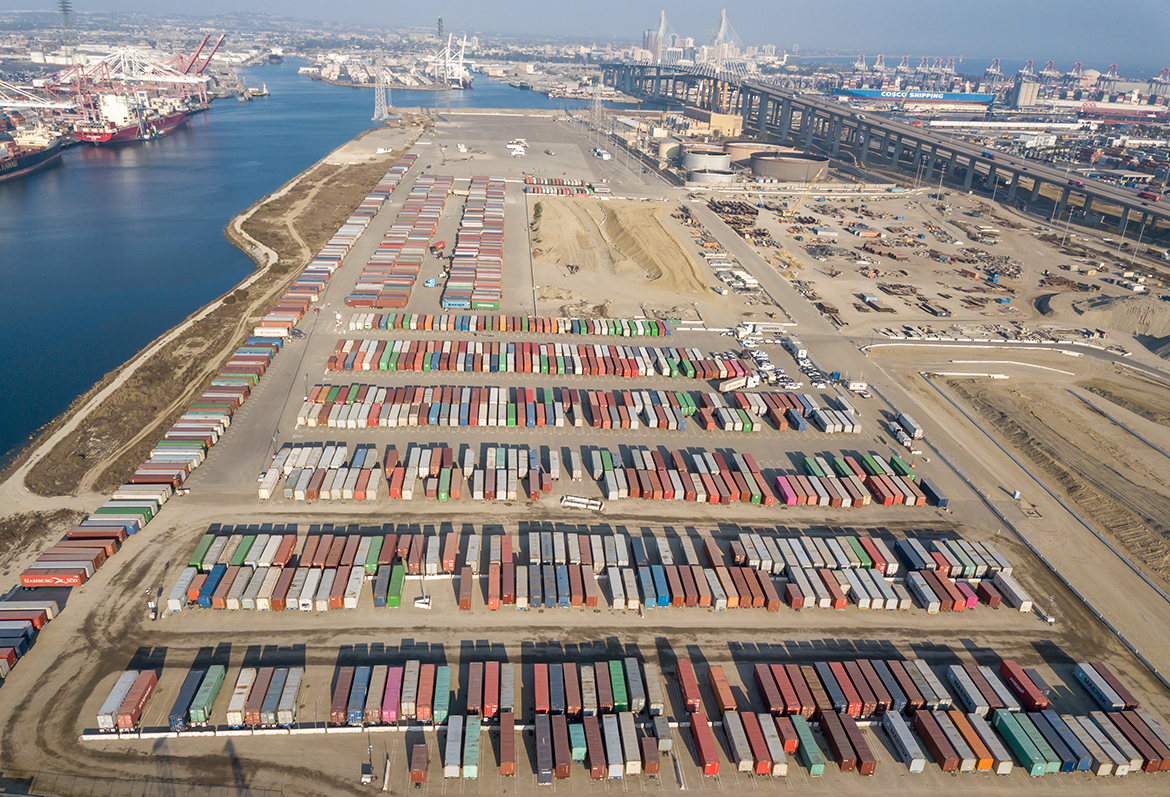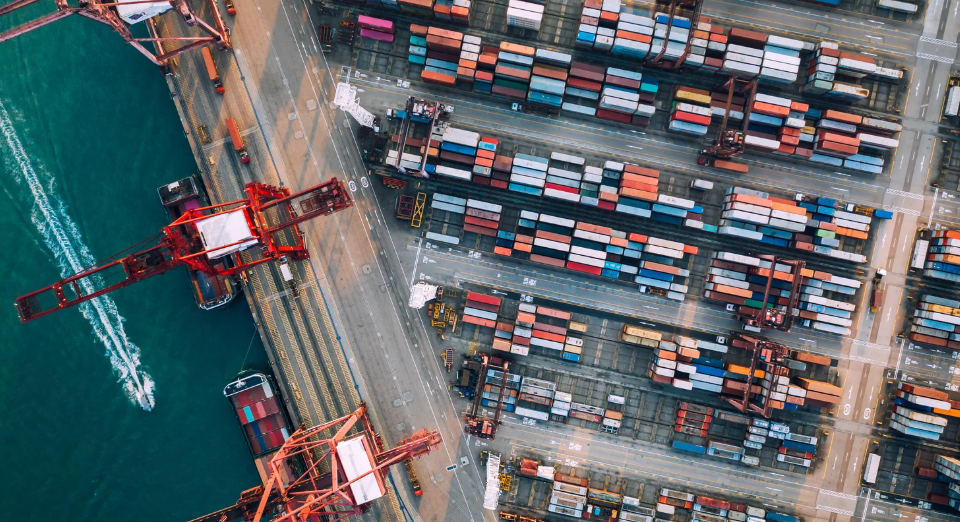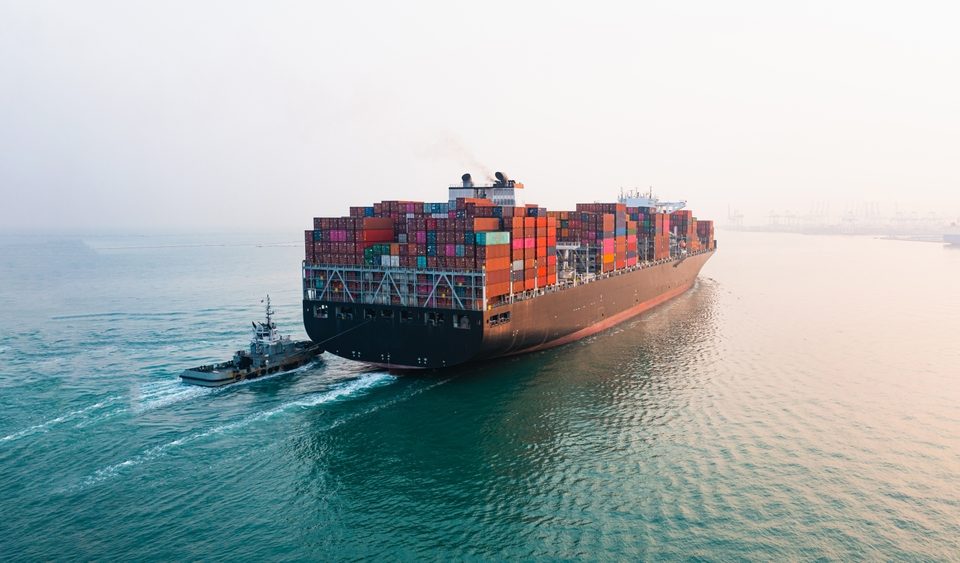
Port Congestion 08/27/2021
August 30, 2021
An Update From the Port of Long Beach
September 8, 2021Weekly Vessels Anchored and at Terminals as of 09/03/2021
LA & LB: Anchored 42 | Terminal 30
Oakland: Anchored 1 | Terminal 6 | Floating 1
NWSA: Anchored 7 | Terminal 12 | Drifting 4
Vessel Congestion Update
The Port Complex of Los Angeles and Long Beach continues to host large volumes of arriving containerships. This week, up to seventy-two (72) containerships were in the anchorage and berth areas of the port complex. The surge of arriving vessels may be attributed to shippers acting early to beat the peak season crunch. The current backlog at the twin ports continues to have an effect as congestion spreads to warehouses and rail routes while impacting truckers ability to pick up loads timely. The average dwell times at the docks have dropped by about three days which is some good news for the ILWU (International Longshoremen Warehousing Union) and the terminal workforce who are continually working to manage the influx of volumes.
Since March 2020, there has been a major disruption of the supply chain and it is getting worse. The pressure on the west coast and across the globe continues to worsen as the pressures on the supply chains have not eased and are not expected to end any time soon. The 2021 peak season has not yet peaked and continued delays are anticipated as a normal peak season typically lasts until December.
While the Chinese terminal in Ningbo-Zhoushan was recently opened, most major shipping lines adjusted their ship schedules to avoid the port which added to customer delays. Carriers issued warnings to customers to anticipate the delays, and shipping companies anticipate the global crunch will continue while shipping costs escalate. The cost of moving cargo will add to the upward costs to consumer prices. Bob Biesterfeld, CEO of C.H. Robinson, stated in part: “The chances of your vessel arriving on time are about 40% when it was 80% this time last year.”
Prices on routes from Shanghai to Los Angeles and New York have jumped. During the week of August 19, 2021, it was reported that rates were up 360% from a year ago increasing the cost of a 40-foot container for eight major east-west routes to $9,613 and higher. The congestion disruption and the emergence of problems associated with the spread of the Delta variant equates to shoppers having fewer buying choices and facing higher prices this holiday season.
Rim Logistics Market Snapshot issue of August 25, 2021, indicated in part: “Container box inventory is variable by market and remains especially imbalanced in China, Vietnam, and India. Equipment shortages and voided sailings are anticipated well through October in all trade lanes.” Congestion remains especially in the ports of LA-LB and NY/NJ, while rail in Chicago continues facing ongoing congestion at UP, BNSF, and CSX. In some cases, the ramps in the Chicago area are adding 15-20 days (about 3 weeks) to the overall transit time and the situation is expected to continue through peak season.
Port of Savannah
As of last week, the Port of Savannah continued to experience shortages of available chassis, increased congestion, and trucker delays as several vessels were waiting in anchorage for an available berth. On August 31, 2021, the Port Authority of Georgia announced that Brian Kemp, Governor of the State of Georgia, has suspended enforcement of federal limits on hours of service for commercial vehicle operators. He also loosened weight restrictions for trucks on Georgia highways. The adjusted trucking rules will remain in effect for the next 30 days or until the state of emergency is lifted. The action is a result and part of their executive order in declaring a COVID state of emergency.
Korean Seafarer’s Protest
Korean Shipping Carrier, HMM, is currently in negotiations with seafarers. However, on September 1, 2021, four-hour protests were scheduled to start with container vessels, Hyundai Brave (9K TEU) and Rotterdam (23K TEU), as the seafarers declined an initial carrier offer. A second union action was scheduled to continue the following day on the HMM Gdansk (24K TEU). The South Korean government bans such action on ships in operation, so the seafarers will be limited to protests on board anchored vessels. In addition to a requested wage increase, the seafarers allege HMM did not comply with the rest time stipulated in the Maritime Labor Convention and plan to file a grievance with the Ministry of Employment Labor. A spokesperson stated that both parties are aiming for negotiations and not to strike as talks continue. Such a labor slow-down in the fragile supply chain will no doubt add to shipper delays.
Please contact your Western Overseas representative with any questions.





